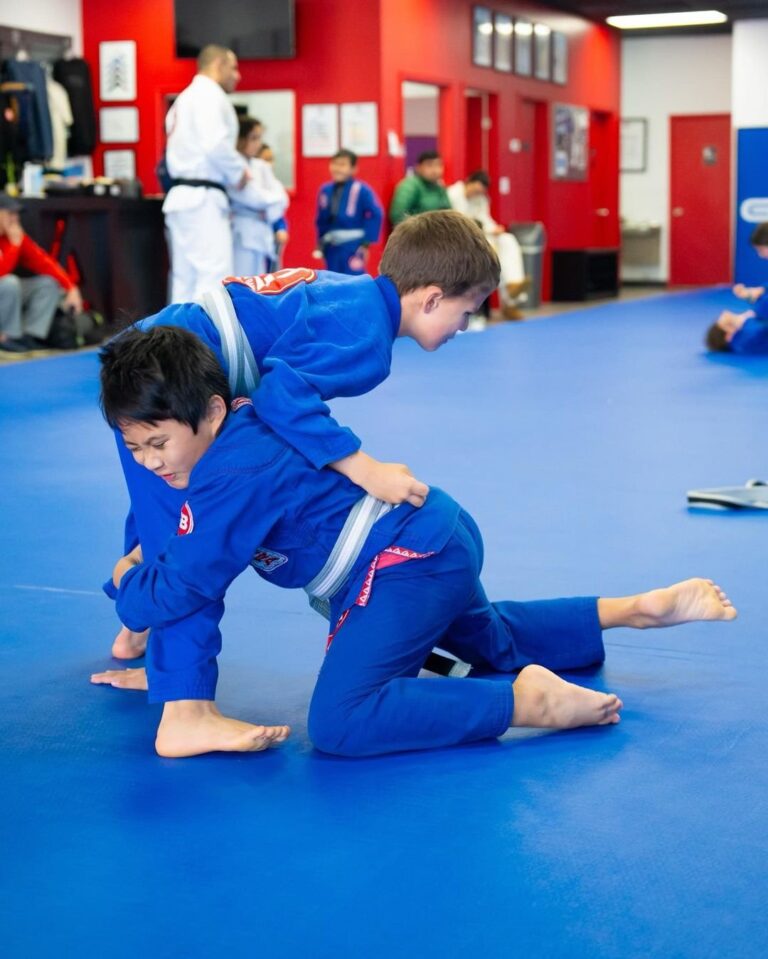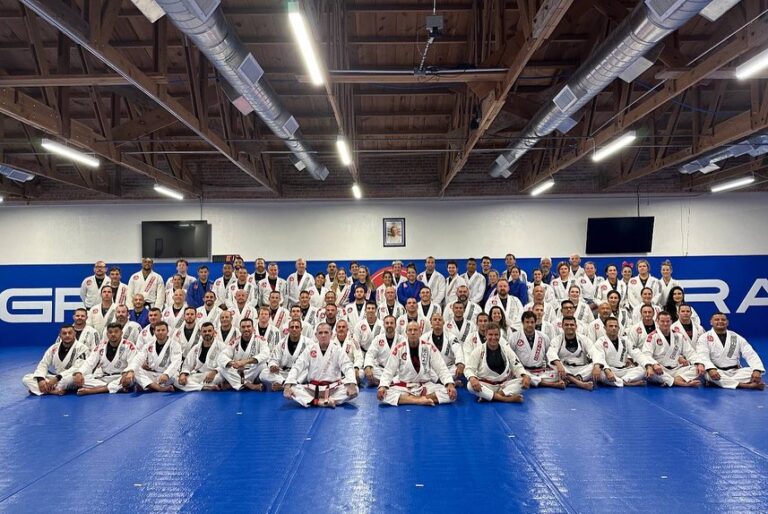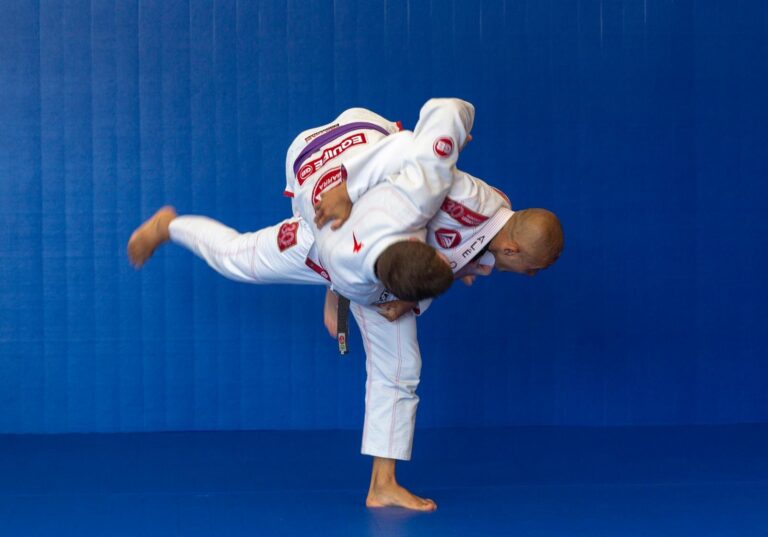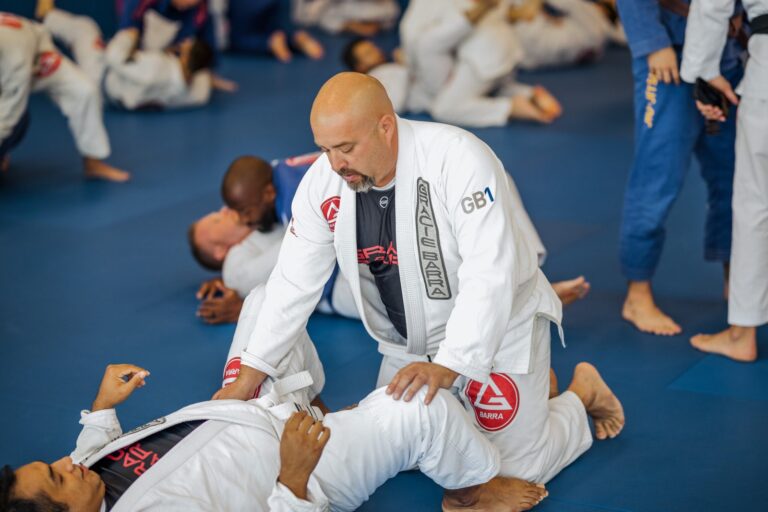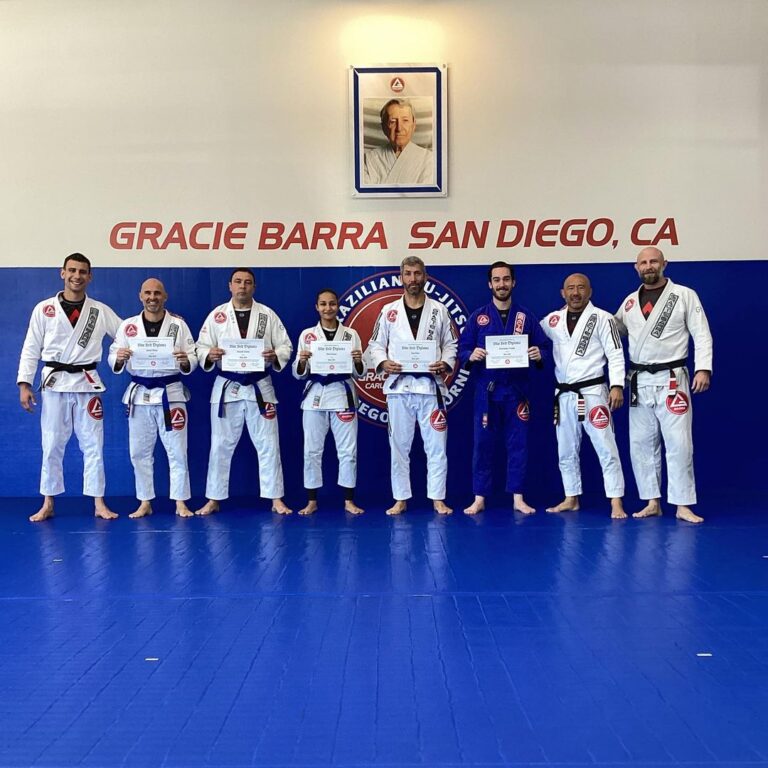Safety First: A Parent’s Guide to Kids’ BJJ Competition Rules and Prohibitions in San Diego
For young practitioners of Brazilian Jiu-Jitsu (BJJ) in San Diego, competition represents an exciting opportunity. It is a chance to test skills, build confidence, and experience the thrill of sportsmanship. However, parents often have crucial questions about safety: What moves are allowed? How are the matches structured? Rest assured, the world of Kids BJJ competition is strictly governed by rules designed to protect the integrity and safety of every child. At Gracie Barra San Diego, we prioritize a safe and positive learning environment above all else. This comprehensive guide clarifies the primary rules, the age-specific prohibited techniques, and the importance of competitive safety in the San Diego BJJ scene.
Discover Gracie Barra San Diego
The Philosophy of Safety in Kids BJJ
The primary difference between adult and children’s competition is the emphasis on defense and safety. Organizations like the International Brazilian Jiu-Jitsu Federation (IBJJF) enforce extremely conservative rule sets for children. This prevents injuries and ensures that training remains focused on control and technique, not submission.
Age, Weight, and Belt Divisions
Kids BJJ tournaments rely on strict divisions to ensure fair and safe matchups. Divisions are categorized by three main factors:
Age: Kids divisions start as young as 4 and go up to 15 years old. Age brackets are narrow (e.g., Pee Wee, Junior, Teen) to ensure competitors are of similar physical maturity.
Weight: Children must weigh in wearing their Gi. Matches only occur between children within a specific weight class to prevent dangerous weight disparities.
Belt Rank: The IBJJF uses a distinct belt system for children (White, Grey, Yellow, Orange, Green), ensuring competitors have similar levels of technical knowledge. Children only compete against those who hold the same belt color and stripes.
The structured environment provided by events around San Diego ensures that children always compete on a level playing field focused on technical merit.
The Basic Rules of Engagement for Kids BJJ
Kids matches, especially for younger age groups, are shorter and heavily focused on positional scoring. This encourages dynamic movement and successful transitions rather than aggressive submission hunting.
Key Scoring Elements
The point system in children’s BJJ mirrors the adult system but with a higher emphasis on clean execution and stable control. Coaches at Gracie Barra San Diego train students to prioritize these fundamental moves:
Position / Action | Points Awarded |
|---|---|
Takedown | 2 Points |
Sweep | 2 Points |
Knee-on-Belly | 2 Points |
Guard Pass | 3 Points |
Mount Position | 4 Points |
Back Control | 4 Points |
Match Duration
To minimize fatigue and maximize focus, the time limits for children’s matches are significantly shorter than those for adults. Matches typically last between 2 to 5 minutes, depending on the age group. The referee stops the action the moment they believe a child is in danger, prioritizing immediate intervention over maintaining the flow.
Referee Discretion and Intervention
Referees in Kids BJJ have an enhanced role. They must:
Monitor Submissions Closely: They stop the match the instant a submission is deep or a child shows discomfort, even if the child has not yet tapped.
Ensure Safe Boundaries: They stop the match and reposition competitors if they get too close to the edge of the mat or another match area.
Enforce Prohibitions: Immediately disqualify a competitor for attempting a prohibited technique.
This heightened supervision ensures the safety standards at local San Diego tournaments remain exceptionally high.
Prohibited Techniques: What is Never Allowed (Ages 4–15)
The most important section for any parent to understand is the list of moves banned in youth competition. These rules protect the delicate joints, neck, and spine of growing children. The following are a general list of major prohibitions across most youth organizations, including the IBJJF.
Absolute Prohibitions for Young Children (Ages 4–12)
These high-risk moves are strictly forbidden to protect the developing bodies of competitors:
Neck Cranks / Cervical Locks: Any technique that applies twisting or crushing pressure to the neck or cervical spine (e.g., Can Opener).
Slamming: Lifting an opponent and slamming them back to the mat, especially to escape a submission or the guard. This is a severe safety violation.
Straight Foot Lock (Achilles Lock): While allowed for older teens, this joint lock is banned in the youngest divisions to protect ankle development.
Kneebars and Heel Hooks: All rotational knee locks and hyper-extension techniques are strictly illegal for children of all ages due to the high risk of ligament damage.
Ezequiel Chokes (using the Gi sleeve inside the collar): Banned due to the concentrated pressure applied.
Omoplata: The shoulder lock that traps the arm using the leg is generally banned for younger ages (below 13) to protect the shoulder joint.
Any Lock on Fingers or Toes: Grabbing or twisting less than four fingers or toes is forbidden.
Restrictions for Older Teens (Ages 13–15)
As children enter the teenage divisions, more techniques become gradually permissible, though many joint locks remain prohibited.
Bicep Slicers and Calf Slicers: These pressure-point submissions are typically banned until the Blue Belt or Purple Belt level, well beyond the youth ranks.
Wrist Locks: Applying pressure to the wrist is banned across all youth divisions.
Jumping Guard: Jumping to closed guard from a standing position is banned for White Belts of all ages, including teenagers, due to the high risk of knee injury.
The key takeaway is this: If a move stresses a small joint or the spine, it is illegal for kids. Coaches at Gracie Barra San Diego ensure that students only drill and apply techniques appropriate for their age and belt.
How Gracie Barra San Diego Prepares Young Competitors
At Gracie Barra San Diego, our goal is to use competition as a tool for personal growth, not just winning. We focus on discipline, strategy, and respect for the rules.
The Focus: Technique, Not Trophies
We teach our young students that competition is a chance to test the efficiency of their fundamentals. Wins and losses are temporary, but the lessons of dedication and humility last forever. Our coaches:
Emphasize Safe Technique: We only allow sparring and drilling of legal, age-appropriate moves, ensuring safe muscle memory.
Teach the Rulebook: Students learn the boundaries and prohibitions early on. This creates good habits and prevents disqualifications.
Build Mental Resilience: Competition teaches children to manage nervousness, think strategically under pressure, and display good sportsmanship regardless of the outcome.
Prioritize Hygiene and Weight: We ensure every child understands the need for a clean Gi and the importance of meeting weight class requirements safely.

Enroll Your Child in a Safe BJJ Program in San Diego
Choosing a school that prioritizes safety and rules adherence is the most important decision a parent makes. The Gracie Barra curriculum ensures that competition is always a positive, structured, and safe experience for children in San Diego. Our certified instructors provide the mentorship needed to navigate the challenges of competition successfully.
Discover Gracie Barra San Diego
Give your child the gift of confidence, discipline, and a safe martial arts journey.
Contact Gracie Barra San Diego today to learn about our specific Kids Programs and how we safely prepare students for local tournaments! You can also visit our state-of-the-art academy here in San Diego. Come meet our amazing team and see firsthand the care and detail we put into every child’s training. We look forward to welcoming your family!



